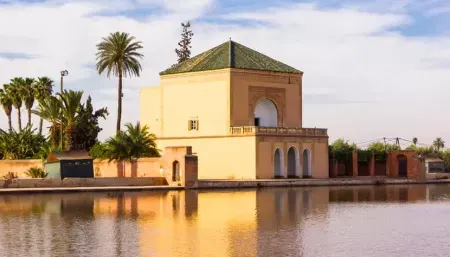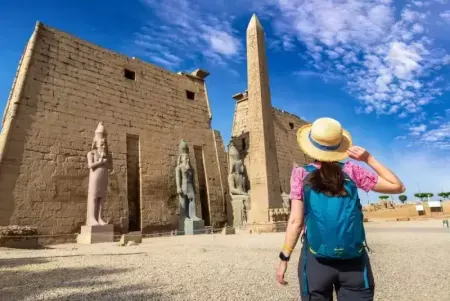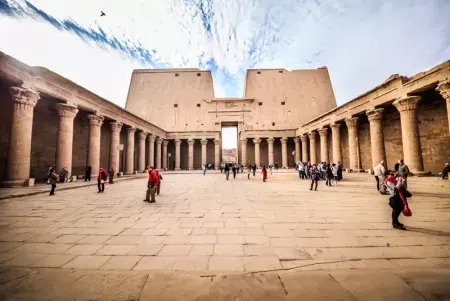The Ancient Egypt civilization, famous for its pyramids, Egyptian pharaohs, mummies, and monuments, grew for centuries. But what was the lasting influence of Kemet Egypt? Discover the mysteries left behind by pharaohs and gods, stories etched in stone and painted on scrolls waiting to be unveiled. Experience the heartbeat of a society fueled by innovation, where groundbreaking architecture and strides in astronomy and medicine took root
Embark on an expedition that transcends time and be immersed in a journey that awakens the historian and adventurer within. Book your Egypt tours to this ancient wonderland and traverse the paths walked by legends.
Showing 11 results
The Ancient Egyptian Calendar Legacy
Discover the rich tapestry of ancient wisdom woven into the fabric of the Egyptian calendar. Journey through time as we unravel the cultural legacy and enduring impact of one of history's most fascinating civilizations.
Kemet Egypt - A Journey Through Ancient History
Discover the ancient land of Kemet Egypt and its fascinating history, mythology, and culture. Learn about pharaohs, gods, pyramids, and more.
Ancient Egypt dynasty
Ancient Egypt is a fascinating and complex civilization that spanned over 3,000 years. It is known for its impressive architectural feats, such as the pyramids and temples, as well as its rich mythology and religious practices. The civilization was ruled by a succession of powerful pharaohs, and its legacy can still be felt today in the form of art, literature, and cultural traditions.
Queen Cleopatra
Explore the life and legacy of Cleopatra, the last pharaoh of Egypt, and her influence on both Egypt and Rome. Discover the secrets of this remarkable woman and the world in which she lived by booking a tour and exploring the rich history of Egypt.
A Dive into the History of Papyrus in ancient Egypt
Read this article to explore the history of papyrus in ancient Egypt, unearthing the secrets held within these ancient scrolls. Read more!
Discovering the Top 9 Famous Ancient Egyptian Cities
Take a journey back in time to explore the top 9 famous ancient Egyptian Cities. Learn about their culture, architecture, and history.
Exploring the Mysteries of Ancient Egypt
Explore ancient Egypt's marvels: from the towering pyramids and divine pharaohs to daily life along the Nile. Unveil the art, religion, and legacy of this grand civilization.
.jpg)




